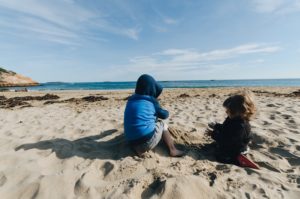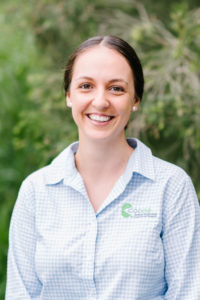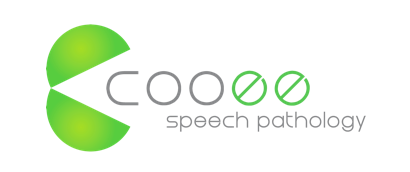How Speech Pathologist Help Children with Hearing loss

This week, 19th-25th of September, is Deaf Australia’s National Week of Deaf People. This week provides the Deaf community a week-long celebration to honour Deaf culture and language as well as raise vital awareness about social inclusion and communication barriers.
Hearing loss affects 1 in 6 Australians, with this number set to increase to 1 in 4 by 2050 [1].
Here at Cooee Speech Pathology we support a wide range of children and their families, including those with hearing impairments. This National Week of Deaf People, we want to help educate the community on hearing impairments and how speech pathologists can support individuals and their families!
What is hearing loss?
Hearing loss occurs when an individual’s ability to hear is reduced, making it more difficult for you to hear speech and all the other sounds in life. Hearing impairment can happen at birth or start after birth, with various types and degrees of hearing impairment.
Impairments can range from mild, where an individual might have trouble hearing and understanding soft speech, to profound, where an individual may hear loud noises, such as a lawn mower, as only vibrations.
Amplification devices or assistive listening devices can support people with hearing impairments to communicate effectively across their environments.
How a Speech Pathologist can help!
Speech pathologists typically work children and their families with hearing impairments or loss to support the development of their speech and language skills as well as the implementation of augmentative and alternative communication (AAC) communication! They work closely with other health professionals, in particular Audiologists, to ensure families are supported holistically.
Children and adults with partial or full hearing loss, may communicate in many different ways including; spoken language, sign language, or a combination of both sign and spoken language. Interestingly, children learn sign language in a similar way they would to learning a spoken language.
Auslan, which is short for Australian Sign Language, is the sign language that deaf and hearing impaired Australians use. Just like different languages are spoken around the world, people who are deaf use different sign languages depending on where they come from. Auslan is uniquely different from English with its own grammatical system – It even has a different dialect depending on whether you are from the northern or southern part of Australia! [2]
The Auslan Sign Bank is a wonderful resource for those wanting to find out more about Auslan and even learn some signs!
Additionally, Speech pathologists can provide education to families and the community as well as support the implementation of strategies that aim to enhance the individual’s ability to communicate their wants, needs and ideas across all their environments!
If you would like to find out more or have any questions please get in touch with us at our north Brisbane Speech Pathology clinic either via phone (07 3265 4495) or email ([email protected]).

Kimberly Killick
Speech Pathologist
- ‘Listen Hear! The economic impact and cost of hearing loss in Australia’ 2006, Access Economics.
- Johnston, T. (Ed.). (1998). Signs of Australia: A new dictionary of Auslan. North Rocks, NSW: North Rocks Press.
